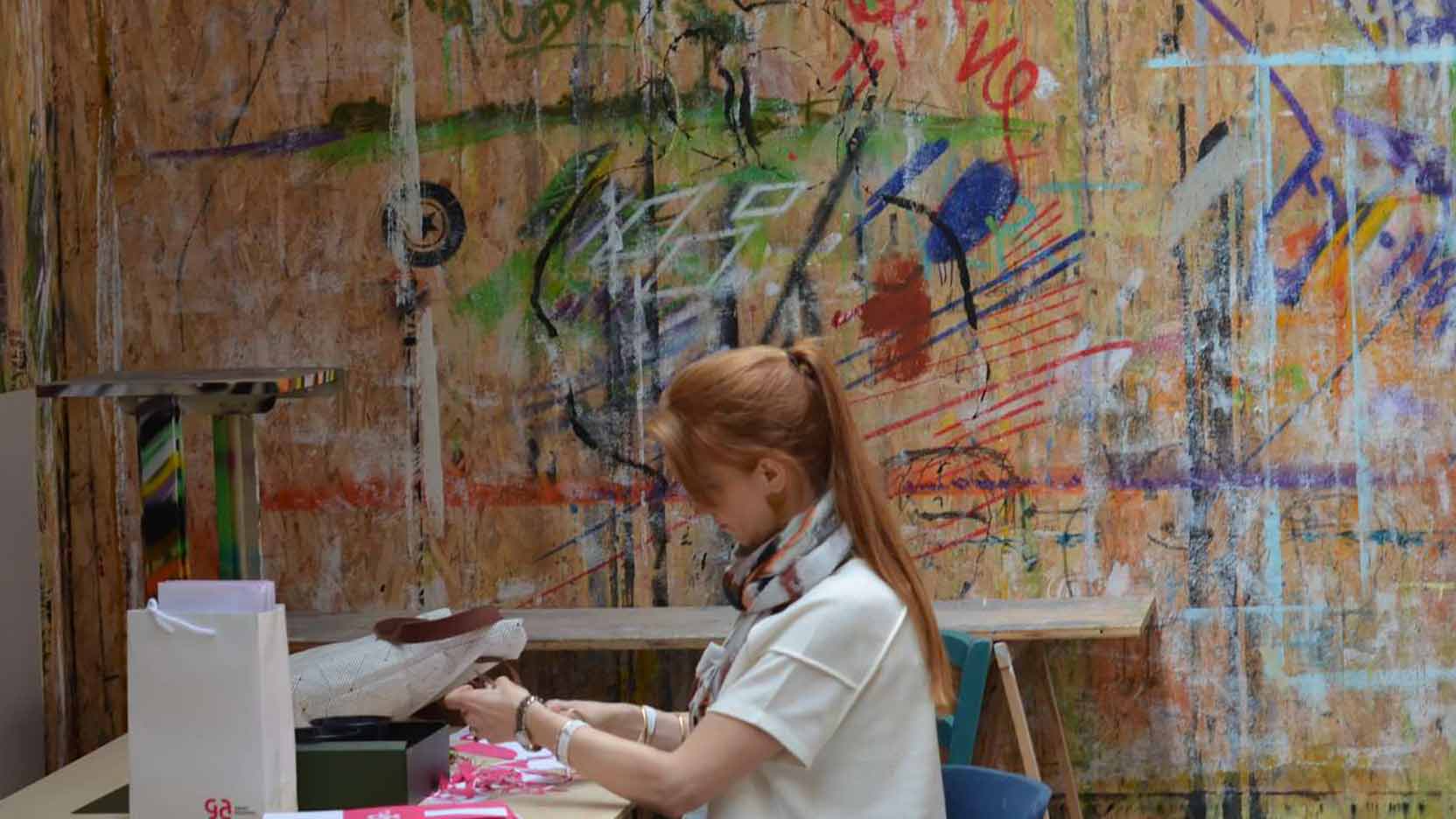A survey of office employees conducted by Ricoh and The Economist reveals that 59% of respondents believe that non-digital information will be completely obsolete by 2020. Elimination of paper documents seems to be an inevitable turning point. Tomorrow’s offices will be more environmentally friendly – the majority will be paperless, and the revolution is under way.
XRCE, the Xerox Corporation’s European research laboratory based in Grenoble, helps companies along the path towards printing more wisely. “Today there is increasing demand among customers for an economical, environmentally friendly printing system, explains Yves Hoppenot, who heads XRCE’s research programme on document management and processing. To optimize these flows, researchers studied employees’ habits extensively. “As a rule, we print a document because there is a legal reason to do so, or we think there is, we also print out of habit, because we always have. Today the Y generation is more comfortable with digital documents and they print much less routinely,” adds Hoppenot.
Some companies, such as Newfield IT, have made a complete transition by imposing zero paper solutions in conjunction with a clean desk policy. “The volume of printing has fallen sharply, but it’s not always easy for employees,” says Hoppenot. While employers and IT managers tend to be favourable to the transition to a paper-free office, it requires real support, through training and awareness-raising measures, to overcome employees’ reticence. Added to a “cultural” attachment to paper is a perception of computer technology as being unreliable (computer bugs are frequent), and some employees are averse to the transition simply because they do not master the new tools well enough.
The Paris-based company Art Desk provides support to companies in the transition to a paperless office. “This entails reorganizing working spaces and methods,” explains Nicolas Paugam, the director of Artdesk. “Employees are mobile and must be continually able to work in different places with interactive screens and tablets.” A noteworthy example is the Microsoft head office in Amsterdam: equipped with 3 printers, it promotes agile, flexible space organization, providing its 1200 employees with great freedom of movement. Added to this physical arrangement is the IT system which allows for cloud-based shared document management. There are numerous solutions on the market, including Esker and Microsoft Azure, and some companies develop their own in-house tools. “We organize workshops to help with the transition phase, digitizing, document storage and collaborative publishing,” says Paugam. These methods are applied upstream by the teams at Art Desk at their headquarters in order to switch gradually to “zero paper”. “It will be formalized in the coming years,” he concludes.
Xerox has designed a tool called Print Awareness Tool based on gamification techniques. “We want to use the playful, social aspect to encourage people to print more wisely,” Yves Hoppenot stresses. So every print-out is linked to a number of points based on whether the print-out is in colour, with or without images, and so on. The points are deducted from the “kitty” allocated to each employee. At the end of the month, any remaining points can be used to purchase items from an in-house webstore, issue a challenge to another team, or make a donation to a charitable cause. “With this system, some clients have managed to reduce their printing volume by 6% in a few months,” he adds.
At the end of the day, the goal of a paperless office is above all to change the way paper is used in the company and to encourage staff to adopt ecologically responsible behaviour. “There will always be SMEs that are not equipped with digital systems for processing invoices or online orders,” concedes Hoppenot. The French magazine Le Nouvel Economiste points out that today the challenge lies more in the harmonious coexistence of these two modes of communication, physical and digital, to ensure that every task in the company is performed better and faster – an approach that profoundly challenges the way work is organized and decisions are made in companies.
By Usbek & Rica
Crédit header : CC BY 2.0 Sebastien Wiertz _ Flickr



